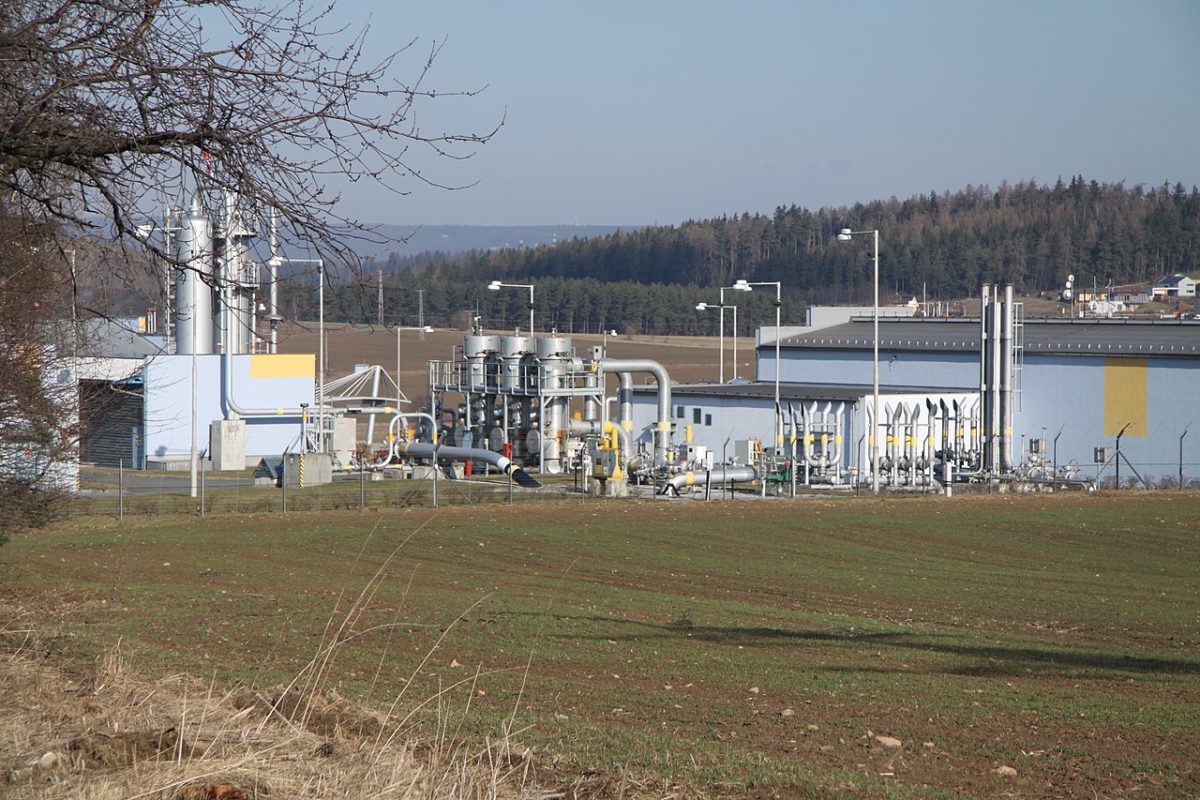From pv magazine Global
A group of scientists led by the Dublin City University in Ireland has analysed the prospects of underground hydrogen storage (UHS) in geological formations in a comprehensive review and has found that depleted oil and gas reservoirs are the cheapest options.
In addition to oil and gas reservoirs, the techno-economic analyses considered hydrogen storage in aquifers, porous rocks, and salt caverns. “It should be mentioned that salt caverns do not exist naturally,” it explained. “Instead, they are artificial cavities in underground salt formations, that are created by the controlled dissolution of rock salt through water injection during the solution mining process.”
All these geological formations may ensure a series of advantages in terms of safety such as good gas tightness, high wall sealing thicknesses, and extensive subsurface depths. “It is worth noting that UHS can benefit from the technological maturity of the geologic storage of natural gas and CO2, which are associated with decades of established knowledge,” the researchers noted. “However, H2 is invariably more chemically, biologically, and microbially reactive, which presents unique challenges that are yet to be fully understood.”
Furthermore, compared to conventional natural gas storage, UHS has leakage issues, due to viscosity, the molecule size of hydrogen, and the lower density, which requires more pressure and in turn affects storage capacity.

The analyses showed that the cost of underground hydrogen storage depends on transportation, monitoring, storage, and injection cost, as well as the location and properties of the geological storage site. Capital costs included gas compression, transformer installation, piping, transformer installation, new well drilling, and wellhead equipment installation.
The researchers found that depleted oil and gas reservoirs are the cheapest storage option with a cost of US$1.29/kg (AU$1.9/kg), while rock caverns offer the highest levelised cost of storage of US$2.77/kg (AU$4/kg). Capital expenditure for gas and oil reservoirs was also the lowest at US$0.73/kg (AU$1.07/kg) and salt caverns had the highest capital expenditure of US$1.51/kg (AU$2.2/kg). The academics emphasised that the operating expense was also lower (US$0.11/kg) when compared to salt caverns (US$0.14/kg), noting that depleted natural gas reservoirs have a lower construction cost when compared with depleted oil reservoirs.
They introduced their findings in the paper “Perspectives and prospects of underground hydrogen storage and natural hydrogen,” published in Sustainable Energy Fuels. “Despite the scarcity of economic data on natural hydrogen projects, it is expected that the overall economics of its extraction will not be too different from natural gas,” they concluded. “Nonetheless, this requires further substantiation via robust techno-economic analyses.”
This content is protected by copyright and may not be reused. If you want to cooperate with us and would like to reuse some of our content, please contact: editors@pv-magazine.com.









By submitting this form you agree to pv magazine using your data for the purposes of publishing your comment.
Your personal data will only be disclosed or otherwise transmitted to third parties for the purposes of spam filtering or if this is necessary for technical maintenance of the website. Any other transfer to third parties will not take place unless this is justified on the basis of applicable data protection regulations or if pv magazine is legally obliged to do so.
You may revoke this consent at any time with effect for the future, in which case your personal data will be deleted immediately. Otherwise, your data will be deleted if pv magazine has processed your request or the purpose of data storage is fulfilled.
Further information on data privacy can be found in our Data Protection Policy.